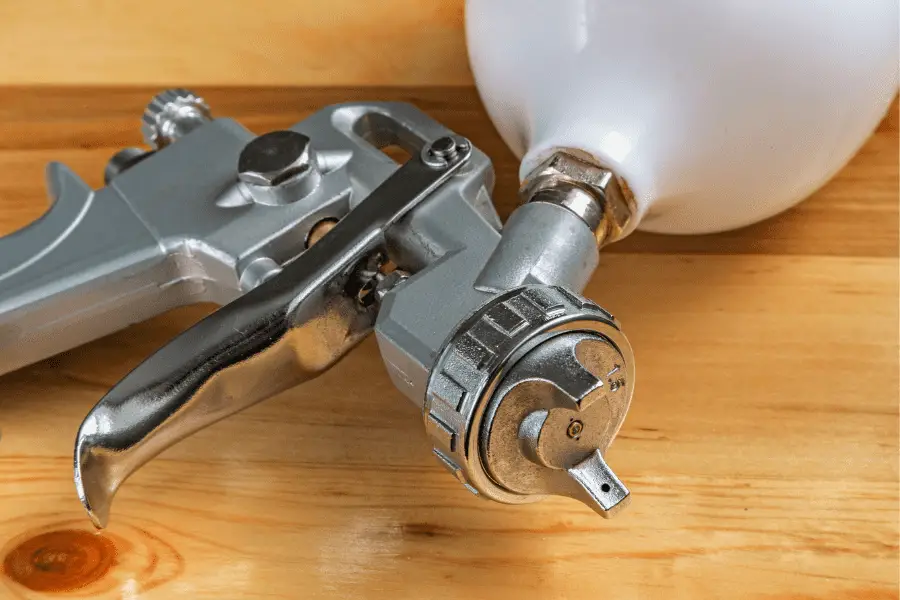Enamel paints are one of the vast categories of paints. They are primarily oil-based paints that air-dry to provide you with a glossy and glass-like finish. They are mostly known for their unique thickness.
Owing to their thickness, enamel paints have to go through an additional process. This process is known as thinning, which ensures that their texture and consistency are compatible to be used alongside a spray gun.
The article below will take you through the correct application method for using enamel paints in a spray gun, along with the thinning process while detailing why it is important.
Can You Use Enamel Paint In A Spray Gun?
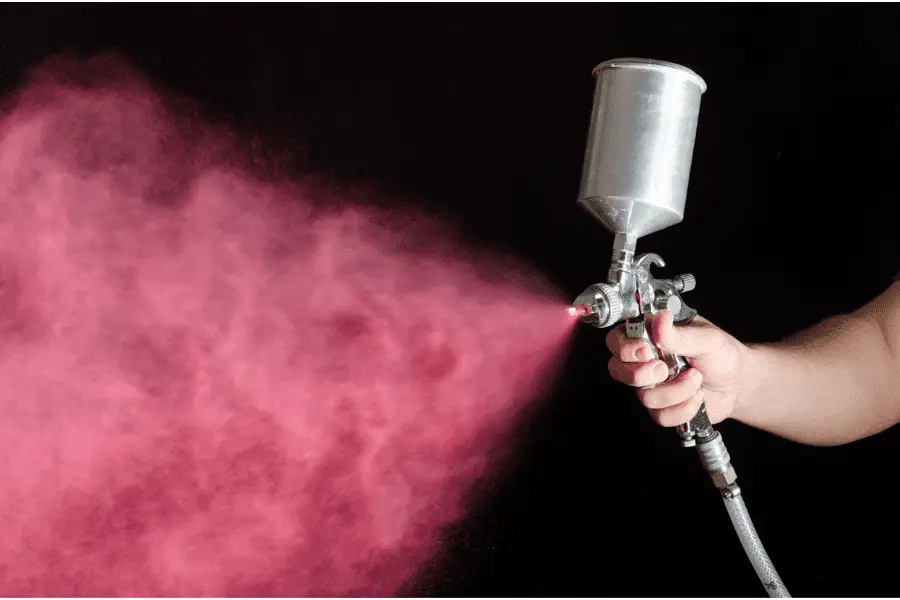
Although some people still find it a little unbelievable, enamel paints can be used in a spray gun very easily. Using a spray gun to paint is actually easy to set up and even easier to clean later.
There are three main types of spray guns to look through when making your choice for enamel paints. These are:


· HVLP (high-volume, low pressure) paint sprayer
All of the options mentioned above get the job done very well. However, the HVLP paint sprayer is considered to be the best among them and is the best-selling sprayer.
Enamel Paint Uses and Benefits
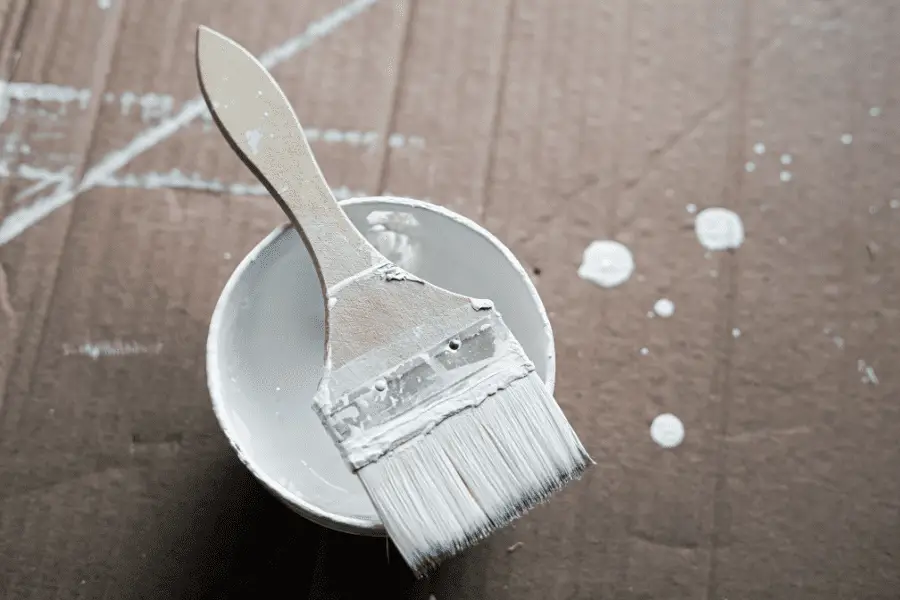
Enamel paints come in a wide variety of colors and textures. They are especially useful for various surfaces where you prefer to have a glossy finish and a more durable paint coating as compared to other paint types.
Additionally, enamel paints can be used on home appliances, doors, stairs, furniture, and basically everywhere else that you can possibly imagine. They have a high resistance when it comes to moisture and humidity. This is also applicable in terms of temperature changes, corrosion, and rust.
Moreover, enamel paints are very easy to apply along with being frequently washable. Owing to the fact that they take a long time to get dry, they provide you with a smoother and more uniform finish over surfaces.
Do You Need to Thin Enamel Paint for a Spray Gun?
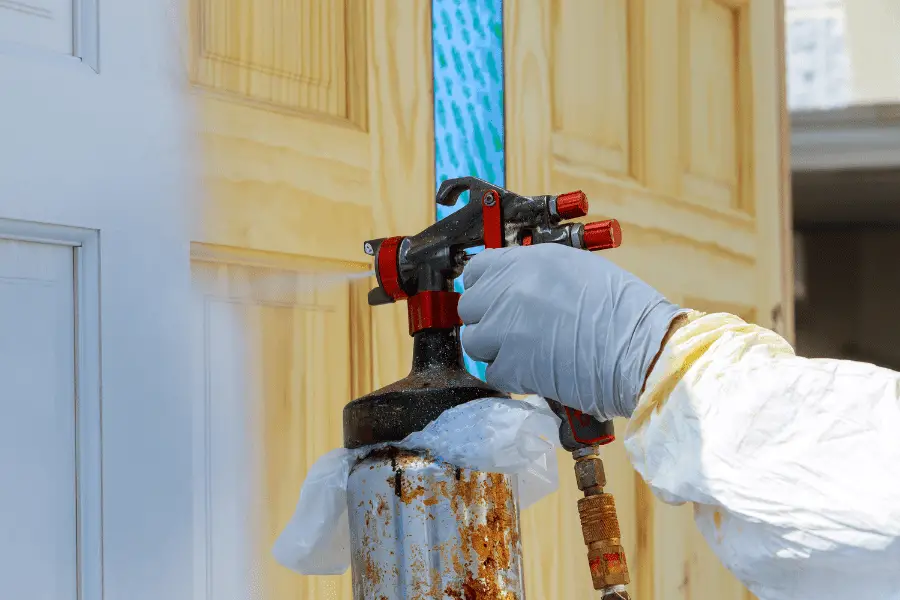
If you were to use enamel paints in a spray gun in their thick and hard natural form, the process would end up being a complete disaster. This is because the thick paint would either lead to forming huge blobs on the surface or leave the spray gun completely unfunctional for any usage.
Therefore, the thinning process is highly crucial before using enamel paints in a spray gun to ensure that they are delivered accurately. This is in relation to the high viscosity of enamel paints, which needs to be lowered down for it to work better in a paint sprayer.
How Much Thinners Should You Mix With Enamel Paint?
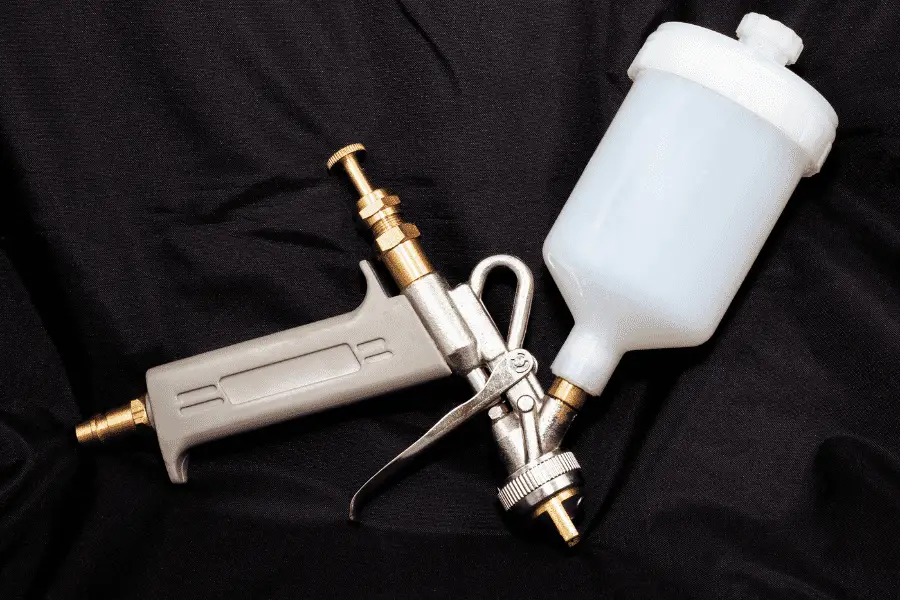
Although the thinning ratio varies in accordance with the manufacturers of enamel paint, it is still suggested to mix a ratio of three parts of paint to one part of thinner. This means that the ratio of paint should always be greater than the ratio of thinner used.
Doing so will ensure that the paint is thinned to the optimum level for a uniform and glossy finish. If you do not follow the instructions mentioned and add too much thinner, the paint will sag immediately with the color being very diluted and translucent. Additionally, there may even be an excessive amount of spray dust if the paint is too thin.
How Do You Mix Enamel Paint?
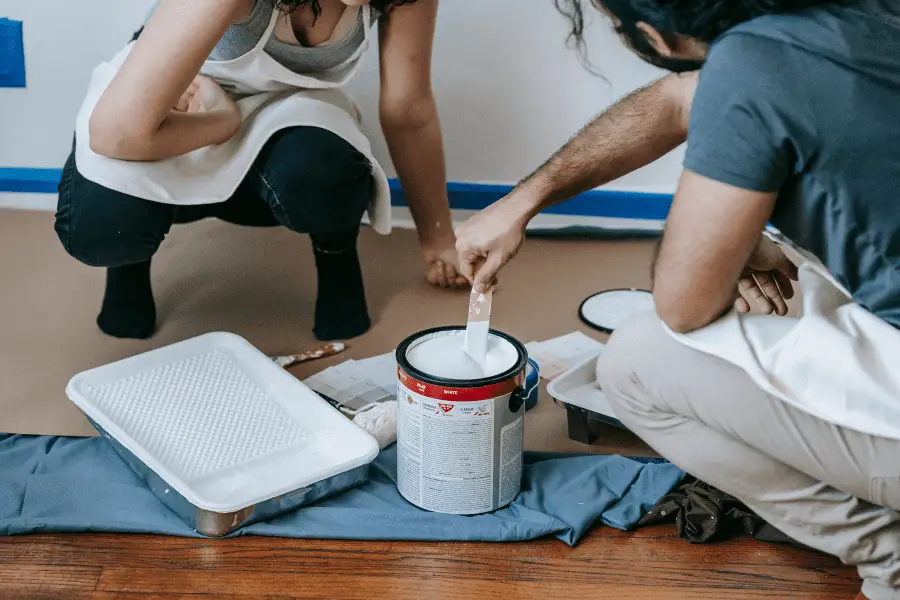
As thinning the enamel paint is a crucial part of smooth application, it must be done very carefully. Therefore, we will now be going into thorough detail about how to accurately mix thinners with the paint.
It is imperative that you wear safety equipment such as wearing goggles, a safety mask, and a pair of gloves throughout the process. You must then begin by confirming whether the enamel paint you are using is water-based or oil-based. This will provide you with information about the recommended thinner to be used along with its mixing ratio.

Following this, you shall begin you stir and mix your paint. To do this thoroughly, pour the paint into a bucket and use a paint strainer to make sure that no lumps of paint are left at the bottom. Then, start by mixing the paint with the recommended thinner in accordance with the type of paint being used.
Although some enamel paint types have a different paint-to-thinner ratio, begin by using a 3:1 paint-to-thinner ratio. Then, you should get a test surface to check whether the current paint to thinner ratio provides a smooth application while maintaining the color. If the paint gets applied evenly, you can continue with the application, or else, you should add thinner.
If you need to increase the thinner ratio, keep on adding it until you have reached a 2:1 paint-to-thinner ratio. Then, test the paint on the surface again to check for smooth application.
If you still need to add more thinner, make sure that you never go beyond the 3:2 paint to thinner ratio. Otherwise, the paint will too thin and there is a risk of making it useless for further application.
Best Thinner for Enamel Paint

There are numerous companies across the world that provide thinners for enamel paints. Usually, the best option for thinning enamel and oil-based paints is using mineral spirit as it does not impact the drying time or brightness of the paint in any way. Additionally, it is also cheaper than most other thinners.
I highly recommend using Sunnyside Paint Thinner. This thinner works great with all paints, and you can even use it to clean your brushes.
Turpentine, alcohol, acetone, and lacquer thinner are among the other materials used for enamel paint thinning.
Conclusion
Having read the article above, you can very well see that using enamel paints in a spray gun is not too difficult a task. However, the steps mentioned while thinning are the key to a smooth application.
Adding to that, it is advised that you note the ratio of thinner used with your enamel paint. This will help you in any of the future projects that you work on.
Moreover, we can conclude that using a spray gun to apply enamel paints is a feasible option. It is recommended that you start with a lower amount of thinner so that it can easily be adjusted according to the requirement.
Make sure to follow all my tips and recommended products to ensure your project turns out great! Also, don’t forget to check out my other articles for all your painting Q&A’s. Happy painting!

